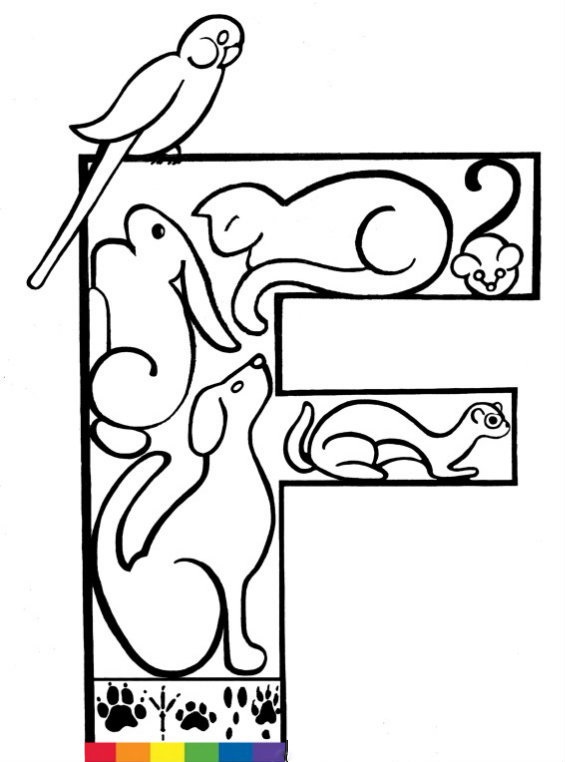Another year for your pet, and this one is a milestone; your cat is now considered a senior. Though many seniors refuse to act their age, there is reason for change in the care of your pet after this point. Aging is a wearing process; organs and joints have been suffering wear and tear the length of your cat’s life. According to the American Animal Hospital Association, 30% of senior pets have a hidden disease. The changes in how we examine your cat help us catch problems while they are still in an early enough stage to treat; changes in the senior pet’s body can be rapid, and irreversible. Adding some new steps to your cat’s maintenance care is the best way to make sure you share more happy years together.
The most important changes come into the physical exam. We will want to examine your cat more frequently as he or she ages. Twice yearly exams are recommended; and we will be doing a more thorough exam. We will be monitoring your cat closely for any changes that we see; however we will depend on you to tell us of any changes that you are seeing at home. Monitor your cat’s habits so you know if there is a change in them. Especially look at your cat’s eating and drinking habits. These exams will also include a blood pressure reading and intraocular pressure reading. We will want to continue the annual fecal exam to test for intestinal parasites.
Your cat’s weight will be closely monitored during these exams as well as your pet’s diet. A cat that is overweight has a higher risk for many diseases that are often fatal. Extra weight causes strain on the heart, can increase blood pressure, or lead to diabetes. Taking off a few pounds on an overweight cat can have a dramatic effect on his or her health. We will also be watching out for sudden drops in weight. Cats are prone to thyroid disease and this risk increases in the later years. One of the most noticeable symptoms is a drop in weight that often occurs quickly. Blood tests can tell us if this is the case with your cat. Older pets may have different nutritional needs, especially as they become less active. Discuss with us the right time to change over to a diet that is made just for seniors. As always, a good diet is the best foundation for the health of your pet; providing them with high quality nutrition can improve the length and quality of your pet’s life.
Your cat’s teeth will also draw more attention with age. Time allows tartar to build up on teeth, and depending on your cat’s lifestyle, this may be an area of interest to follow. Also, there are bacteria in tartar that have the opportunity to enter your cat’s bloodstream. These bacteria can infect the kidneys and heart, both of which are already at risk because of the wear of age. Monitoring your cat’s dental health and taking action to correct problems becomes increasingly important with age.
Monitoring the health of your cat’s organs as they enter the senior years is also increasingly important. We recommend running blood work such as a complete blood count and a chemistry panel yearly to detect changes and trends. We also recommend a yearly analysis of your cat’s urine to closely monitor his or her delicate kidneys. You and the veterinarian will determine how often these tests are run. We also encourage a blood test to check on your cat’s thyroid output since thyroid disease is so common in cats. Even with no symptoms, a senior should have a test done as a baseline.
Your pet’s vaccine schedule may also be adjusted during this time. If there are changes in your cat’s risk of exposure, non-core vaccines will be reevaluated as necessary. Also, the balance of risks and benefits of every vaccine needs to be continuously evaluated for your one-of-a-kind pet.
Be sure to ask our staff about any questions you may have regarding your pet. Every pet, and owner, is individual and will be treated that way at our practice. With aging, concerns of a sadder time may come to mind but worry is not necessary. We will do all we can to prolong the quality time of your pet’s life. We hope to keep you informed of every option that is available for your cat, in hopes that there will be years of options left to consider. Once non-treatable conditions arise, there are hospice treatments to discuss; maintaining quality of life without trying to cure until quality of life is not sufficient to ask your companion to suffer further.

